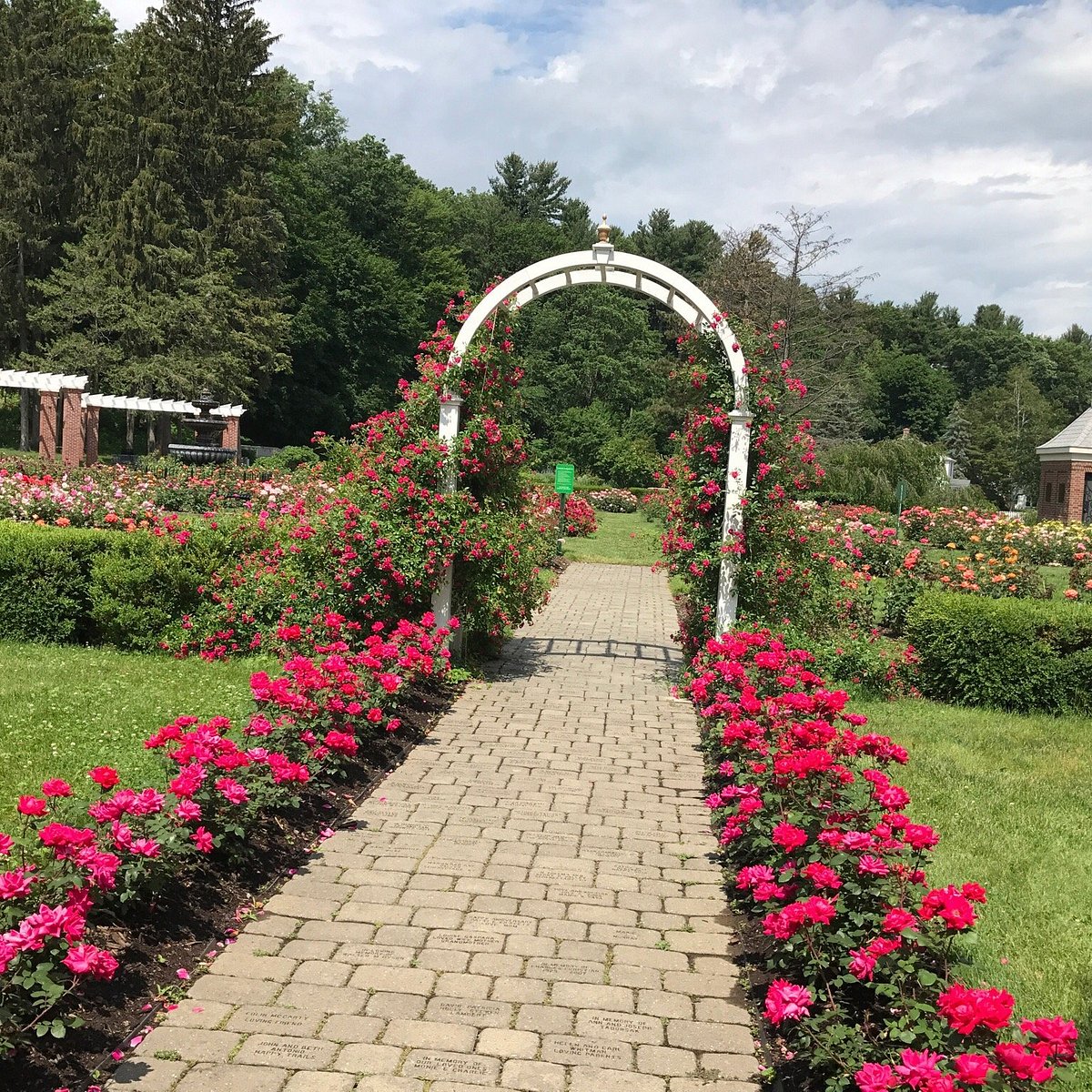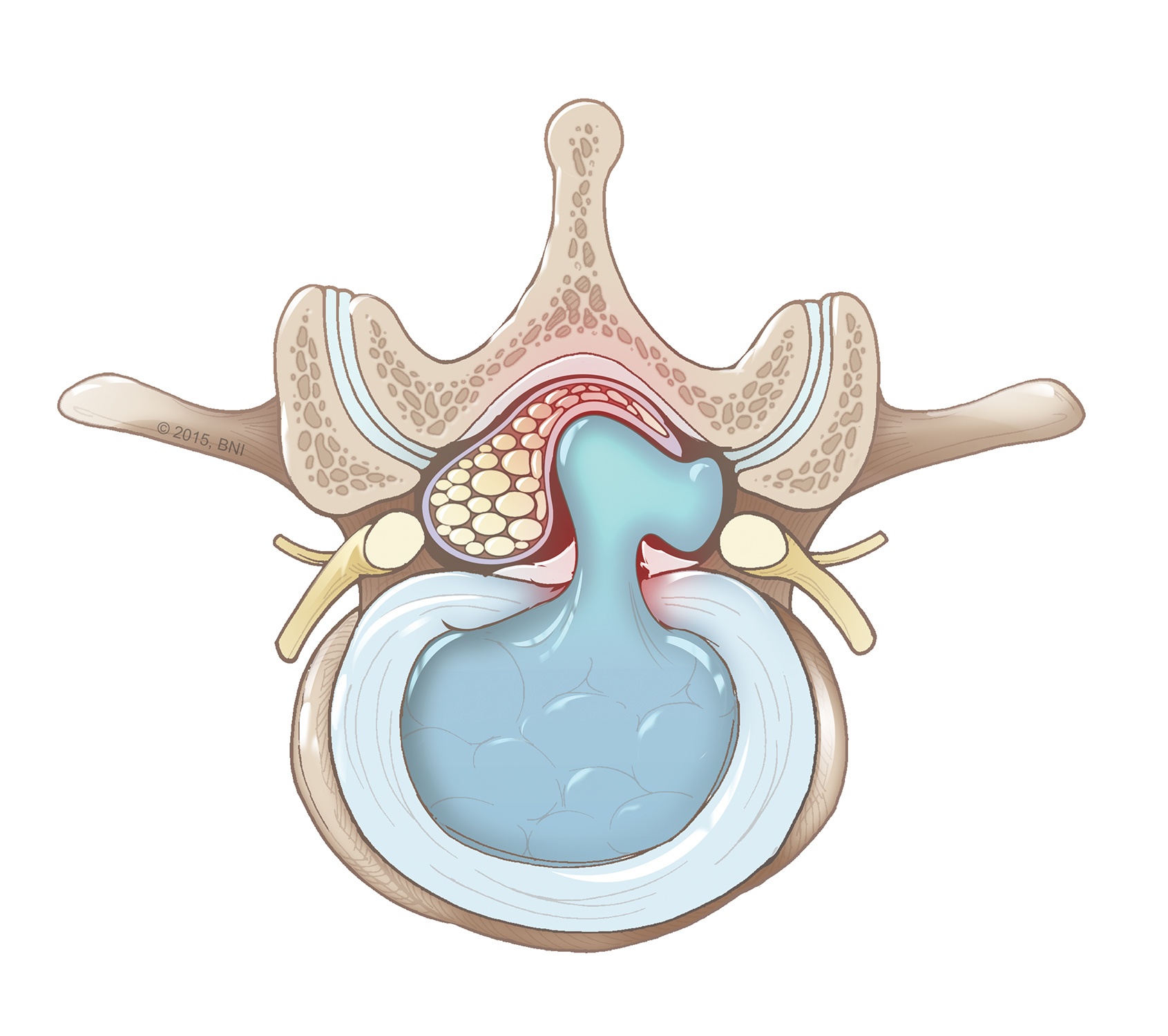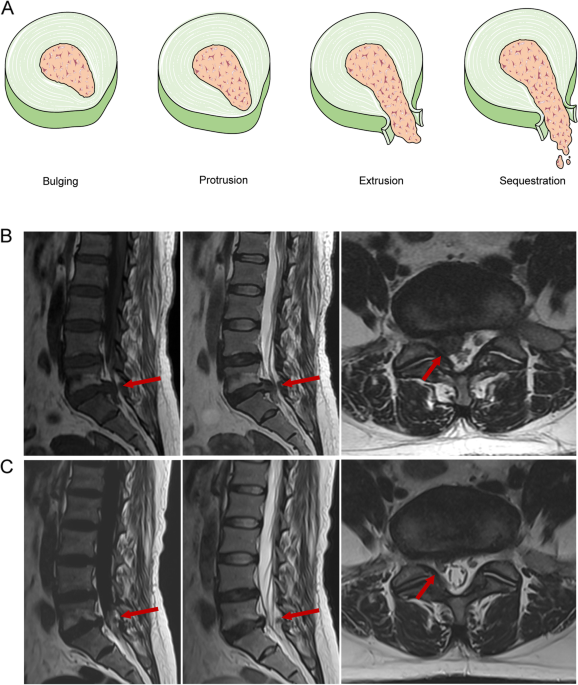- Home
- herniated disc
- Characteristics and mechanisms of resorption in lumbar disc herniation, Arthritis Research & Therapy
Characteristics and mechanisms of resorption in lumbar disc herniation, Arthritis Research & Therapy
5 (480) · $ 17.99 · In stock
Lumbar disc herniation (LDH) can be spontaneously absorbed without surgical treatment. However, the pathogenesis and physiological indications for predicting protrusion reabsorption are still unclear, which prevents clinicians from preferentially choosing conservative treatment options for LDH patients with reabsorption effects. The purpose of this review was to summarize previous reports on LDH reabsorption and to discuss the clinical and imaging features that favor natural absorption. We highlighted the biological mechanisms involved in the phenomenon of LDH reabsorption, including macrophage infiltration, inflammatory responses, matrix remodeling, and neovascularization. In addition, we summarized and discussed potential clinical treatments for promoting reabsorption. Current evidence suggests that macrophage regulation of inflammatory mediators, matrix metalloproteinases, and specific cytokines in intervertebral disc is essential for the spontaneous reabsorption of LDH.

Outcomes of conservative treatment for ruptured lumbar disc herniation.

Gluteus Maximus - Physiopedia

/api/img/?itemId=7301715459513142561

Economically Efficient 11 Various Treatment Options to Help with a

Hoy te hablo sobre la biomecánica del lanzamiento! Ya seas jugador

Intervertebral Disc Herniation: Pathophysiology and Emerging Therapies

Can Herniated Discs Heal on Their Own?
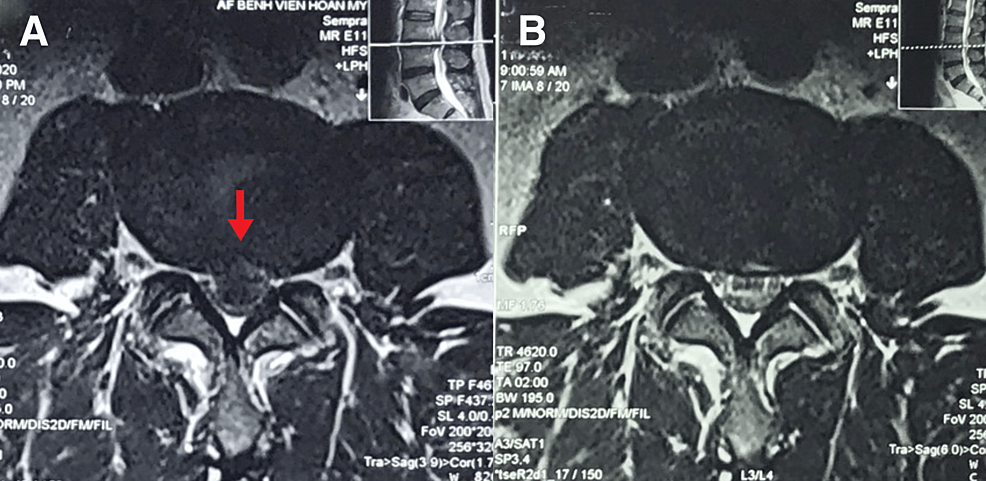
Cureus, Non-surgical Restoration of L3/L4 Disc Herniation

Can Herniated Discs Heal on Their Own?
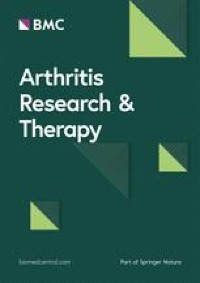
Expression and regulation of neurotrophic and angiogenic factors during human intervertebral disc degeneration
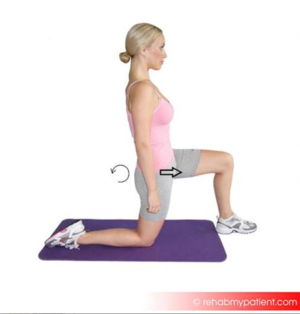
/images/thumb/8/83/Hip_Flexor_

🏋️♂️ ¿Listo para desafiar tus conocimientos sobre hernias de
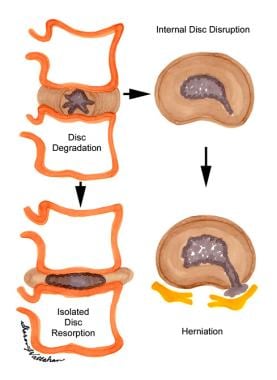
Degenerative Disk Disease: Practice Essentials, Anatomy, Pathophysiology
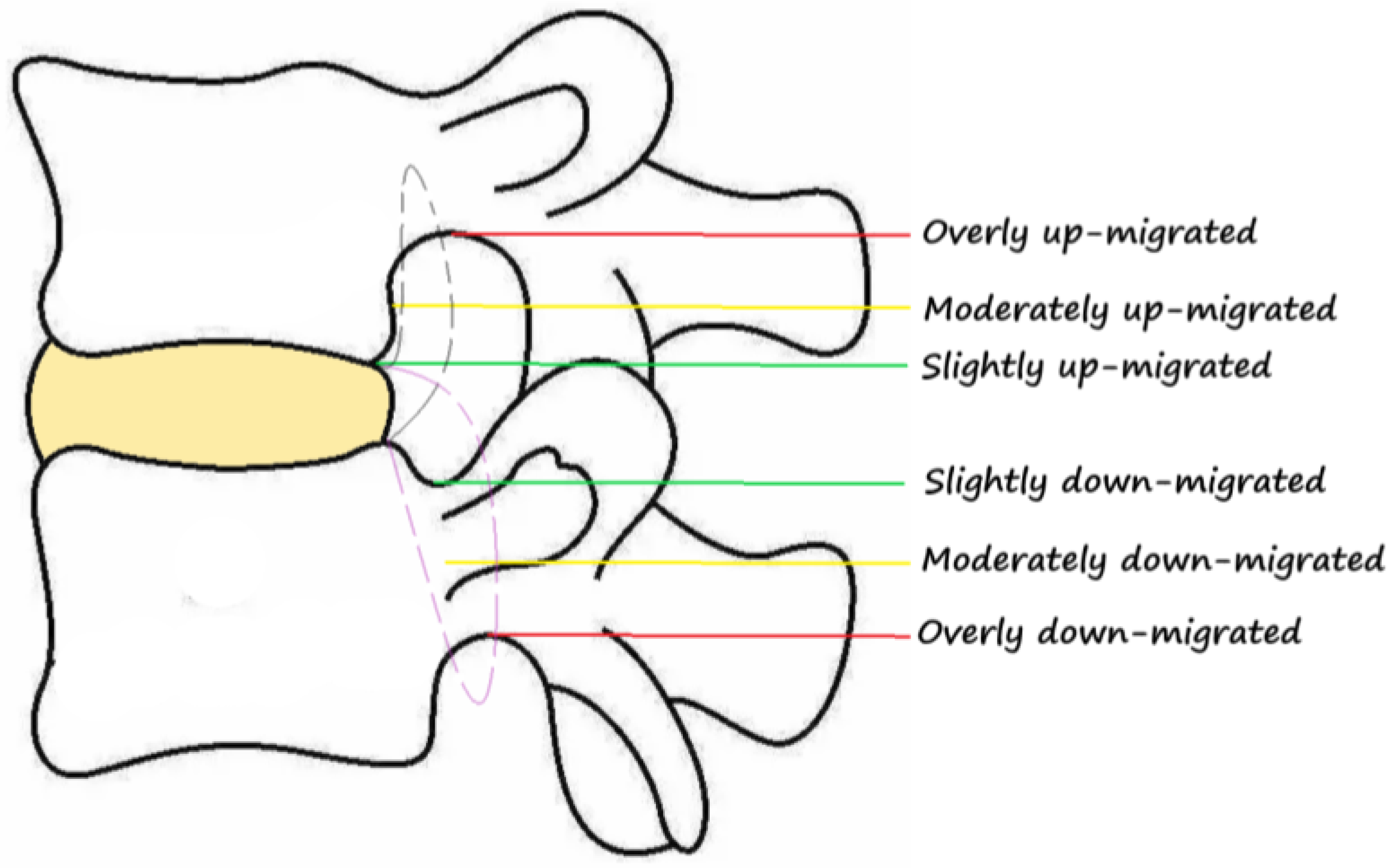
JPM, Free Full-Text


